HiVi Juniors
Designer: Hong Nguyen
Project Time: 1-8 hours
Project Complexity: Hobbyist
Project Cost: $100-$500
Driver Selection
I looked around and settled on the Hi-Vi B4N woofers because of their low cost and good looks, the bronze cones representing quite a departure from the traditional black paper or polypropylene ones. The response graph of the B4N looks pretty ragged beyond 3KHz, so that frequency will be the determining factor for the crossover. Next, I picked the TN25 tweeters because its cost relative to its features: shielded neodymium magnet and ferrofluid for a mere $8.28. I feel that this tweeter is a good match for the B4N, since a crossover frequency of 3KHz represents one octave over its resonance frequency of 1,500Hz. I also particularly liked the idea of using square tweeters to put my wood working skills to the test.
Enclosure Design
I modeled the B4N woofers in BassBox Pro and came up with a 0.16 cu.ft box. Since this is a relatively small box, I decided to use 5/8″ MDF, but 3/4″ MDF for the baffle. The final dimensions are 9.75″H x 6.25″W x 7″D. The box was tuned to 62Hz with a 1.375″ diameter x 5.625″ long vent. Expected F3 was around 56Hz. Both woofers and tweeters were centered on the baffle, and center to center distance was 3.75″, well within the 3KHz crossover point.
Amplifier/Crossover Configuration
As mentioned above, due to the response of the B4N and the Fs of the tweeter, I decided on a 3KHz crossover point, using a 2nd order Linkwitz-Riley filter. An impedance equalization network was added to the woofer, and the tweeter was attenuated by 5dB. To keep the drivers in phase, the tweeter polarity was inverted. The system impedance was around 11 ohms at the crossover point, and varied between 5 to 8 ohms. All series components are Dayton metallized polypropylene caps and Jantzen air core inductors.
Enclosure Assembly
I used a 10″ table saw to cut the MDF. The cutouts and recess for the woofers were straight forward with a router and Jasper jig. Then came the difficult part of doing the recess for the square tweeters. I screwed a tweeter face down on a piece of MDF, and ran the router around it to make the first template. From there, I made a second template by running the router inside the first template. I finally found a 3/4″ bushing from Lowe’s and finished the recesses for the tweeters. All pieces were assembled with wood glue and nails, with no additional bracing. Edges were rounded with a 3/8″ roundover bit. The inside of the box was lined with 1″ acoustic foam.
Conclusion
I feel I pretty much succeeded in achieving my goal of building a good sounding and inexpensive pair of speakers. I am very happy with the overall sound, particularly the solid, tight bass. Sibilance can be tiring over a short period of time, so the L-pads did a good job of controlling the tweeters. Besides these terse subjective comments, I dare not tell the readers about the system’s attributes unless I have the measurements to prove so. And I should have something up and running real soon. One thing I know for sure, I will not be purchasing commercial loudspeakers anytime in the future. Nothing like the smell of saw dust and wood glue in the morning.
About The Designer
Hong Nguyen is a registered nurse and trauma nurse by training (hence the username hongrn), and has been in healthcare for 25 years. He is now responsible for ambulatory surgery center operations in a healthcare company, and resides in Placentia, California, with his patient wife of 10 years and 2 beautiful daughters. He just finished his DIY home theatre and enjoys watching movies on a 100″ screen. His next projects have to do with subwoofers, center channels, and surround speakers. He profusely asks his wife for forgiveness instead of permission.
Project Parts List
|
Part # |
Description |
Qty |
|
297-429 |
1 |
|
|
297-408 |
1 |
|
|
260-388 |
1 |
|
|
260-292 |
1 |
|
|
027-425 |
1 |
|
|
027-421 |
1 |
|
|
027-566 |
1 |
|
|
004-2 |
Dayton Audio DNR-2.0 2 Ohm 10W Precision Audio Grade Resisto |
1 |
|
004-6 |
Dayton Audio DNR-6.0 6 Ohm 10W Precision Audio Grade Resisto |
1 |
|
255-036 |
1 |
|
|
255-044 |
1 |

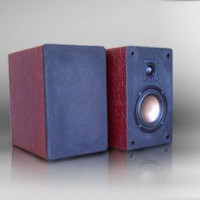
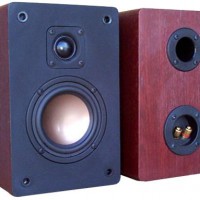
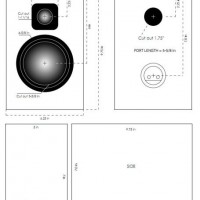
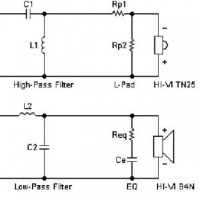
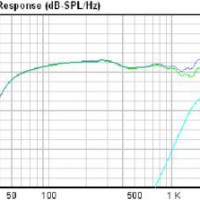
Good job keep it up